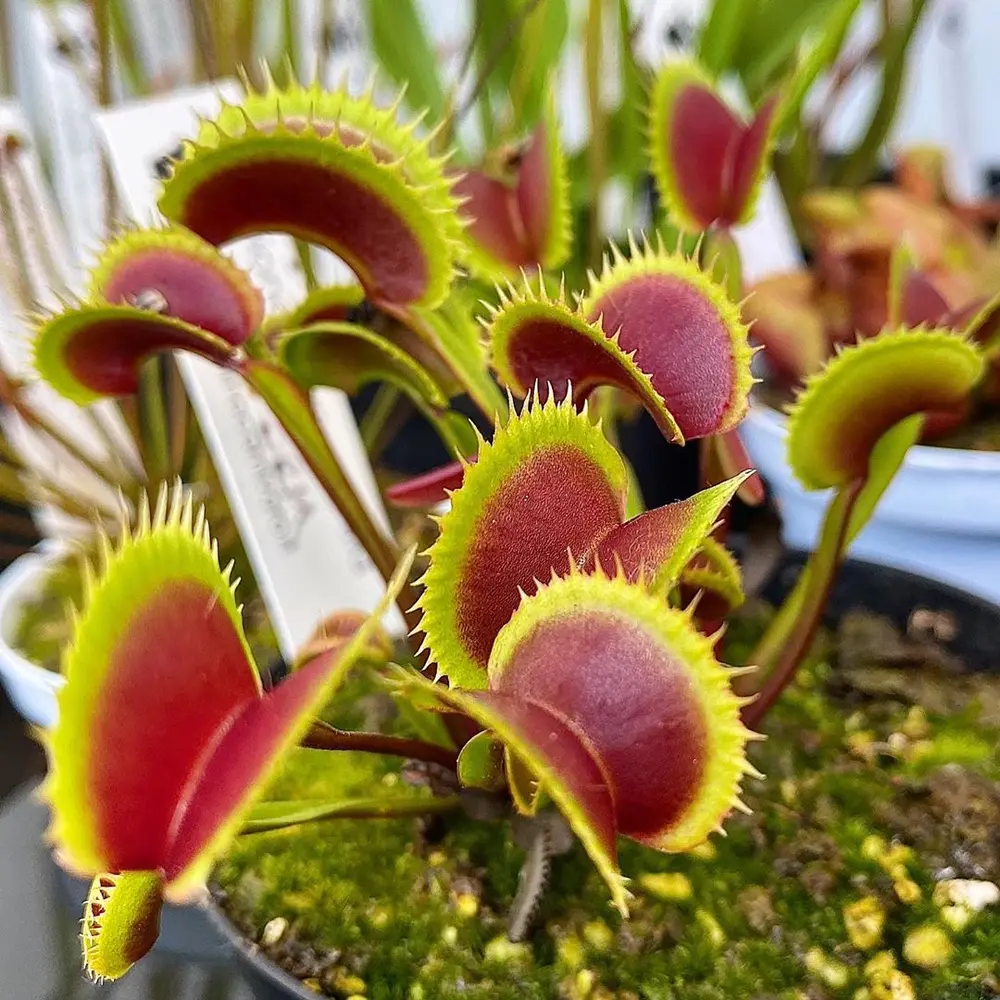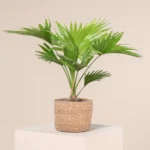Unlocking the Secrets of the Venus Flytrap: Detailed Care, Propagation, and Ecological Insights
Introduction
The Venus Flytrap (Dionaea muscipula) is one of the most iconic and intriguing carnivorous plants, renowned for its rapid trap movement and ability to digest insects. Native to the subtropical wetlands of the East Coast of the United States, particularly North and South Carolina, the Venus Flytrap has captivated the imagination of botanists and plant enthusiasts alike. This guide provides an in-depth look into the care, propagation, and ecological significance of the Venus Flytrap, offering valuable insights for both hobbyists and commercial growers.

Quick Facts
| Fact | Details |
|---|---|
| Scientific Name | Dionaea muscipula |
| Common Names | Venus Flytrap |
| Native Regions | Coastal plains of North and South Carolina |
| Optimal Humidity | 50-80% |
| Optimal Temperature | 70-95°F (21-35°C) during growing season, 40-50°F (4-10°C) during dormancy |
| Soil Type | Nutrient-poor, acidic, well-draining |
| Watering Needs | Rainwater or distilled water only, keep soil moist |
Physical Characteristics
The Venus Flytrap is a small perennial plant with a rosette of four to seven leaves that arise from a short subterranean stem. Each leaf consists of a petiole (leaf base) and a terminal portion that forms the trap. The trap is made up of two lobes hinged along the midrib, with sensitive hairs on the inner surfaces. When an insect touches these hairs, the lobes snap shut, trapping the prey inside. Digestive enzymes then break down the insect, allowing the plant to absorb essential nutrients.
Nutrition, Foods to Avoid
The Venus Flytrap derives nutrients from capturing and digesting insects, which supplement the poor soil nutrients of its native habitat. It is crucial not to overfeed the plant; one or two insects per month are sufficient. Avoid feeding human food or any non-insect items, as these can rot and harm the plant.
Health and Diseases
Venus Flytraps are relatively hardy but can suffer from root rot if overwatered or planted in non-draining soil. They are also susceptible to pests such as aphids, spider mites, and fungal infections. Maintaining proper watering techniques, good air circulation, and using insecticidal soap can help prevent these issues.

Propagation Methods
Propagation of Venus Flytraps can be achieved through several methods:
- Seed: Growing from seed is a slow process but allows for genetic diversity.
- Division: Mature plants can be divided during repotting.
- Leaf Pullings: Leaves can be pulled from the base and placed in a suitable medium to grow new plants.
Pricing Information
| Type | Average Price |
|---|---|
| Small potted plant | $10 – $20 |
| Mature potted plant | $20 – $40 |
| Rare cultivars | $40 – $100+ |
Factors Affecting Price
- Plant Size and Age: Larger, more mature plants typically command higher prices.
- Cultivar: Rare or unusual cultivars are more expensive.
- Health and Condition: Plants in optimal health with well-formed traps are more valuable.

Price in Different Regions
| Region | Average Price |
|---|---|
| USA | $20 |
| Europe | €18 |
| Asia | ¥1500 |
FAQs
Q: How often should I water my Venus Flytrap?
A: Keep the soil consistently moist but not waterlogged. Use rainwater or distilled water to avoid mineral build-up.
Q: Can Venus Flytraps be grown indoors?
A: Yes, but they require bright light, either from a sunny window or grow lights, and high humidity.
Q: Do Venus Flytraps need a dormancy period?
A: Yes, Venus Flytraps require a winter dormancy period to thrive. Reduce watering and keep them in a cooler environment (40-50°F) during this time.

Related Plants
Other carnivorous plants like Sundews (Drosera) and Butterworts (Pinguicula) share similar care requirements and can make excellent companions to Venus Flytraps.
References
- International Carnivorous Plant Society
- Botanical Society of America
- National Geographic: Carnivorous Plants
Categories
Carnivorous Plants, Indoor Gardening, Exotic Plants, Plant Propagation, Sustainable Gardening
This detailed guide provides all the essential information needed to cultivate and care for Venus Flytraps successfully. Whether for personal enjoyment or commercial purposes, these fascinating plants offer a unique and rewarding gardening experience.
Views: 4











